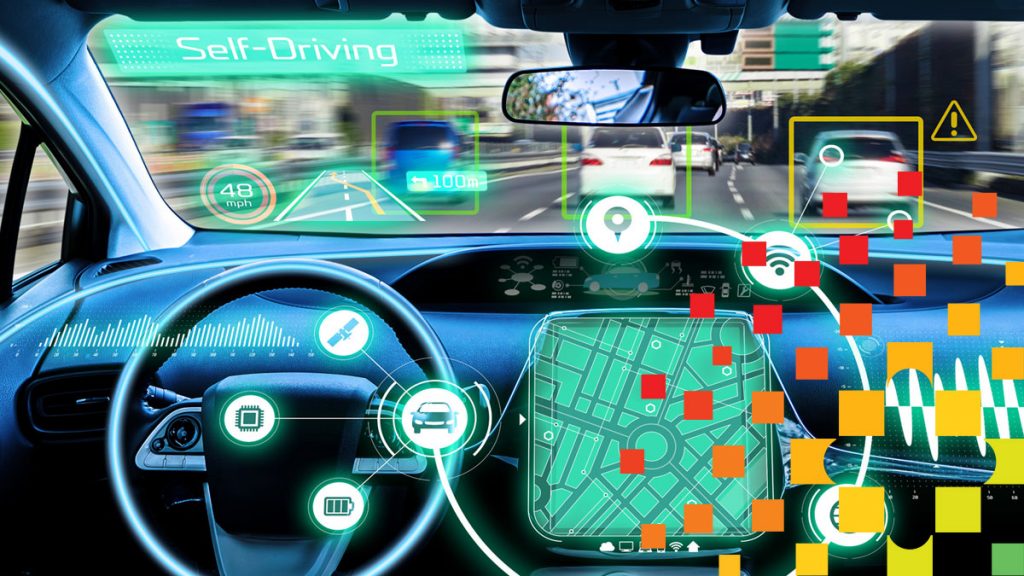The global automotive industry is undergoing a period of wide-ranging and transformative changes with a shift in consumer behavior as well as an increase in the implementation of stringent environmental regulations. Factors such as rising safety and security concerns, increasing demand for a reliable transportation system, and the advent of innovative trends, such as the transition from car ownership to mobility-as-a-service (MaaS), are expected to increase the demand for autonomous vehicles.
This demand for autonomous vehicles is also anticipated to create significant challenges for automotive stakeholders and consumers in terms of cybersecurity risks, data theft, and the involvement of unscrupulous agents within the automotive value chain. Moreover, the introduction and subsequent growth in sales of electric and hybrid vehicles, the development of advanced driver assistance systems and self-driving technologies, increasing demand for connected vehicles, and disruptive trends, such as ride-hailing, car-sharing, and in-car payments are expected to change the way people use mobility services.
The usage of autonomous vehicles reduces the traffic density due to fleet formation by interconnected vehicles utilizing the road network to the fullest. Also, robotic systems enable these vehicles to park themselves, reducing the congestion further. In addition to this, using autonomous vehicles can reduce the risk of fatal accidents, and therefore, increases road safety. Substandard conditions of the roads across the globe and technical and safety concerns of using the automated vehicles are some of the challenges faced by both the OEMs and system manufacturers. At the same time, the high growth potential of these vehicles in commercial applications, such as product deliveries, taxi services, and mining activities, are some of the factors expected to drive the market in the upcoming years.
Competitive Landscape
The competitive landscape of the autonomous vehicle simulation solution market consists of different strategies undertaken by major players across the industry to gain market presence. Some of the strategies adopted by autonomous vehicle simulation solution providers are new product launches, business expansions, and partnerships and collaborations. Among all the strategies adopted, product launches have been the most prominent strategy adopted by the simulation provider providers.
Most autonomous vehicle simulation solution providers have numerous tie-ups with various automotive OEMs and other technology providers. The industry landscape is quite competitive because of the market dominance of the few players in the market. Therefore, innovation and development have been the key factors for large scale growth in this market. Autonomous vehicle simulation solution providers are expanding their businesses and are also entering into strategic partnerships to increase their customer base and their overall global footprint.
For more information, visit https://www.researchandmarkets.com/reports/5178793/autonomous-vehicle-simulation-solution-market-a


